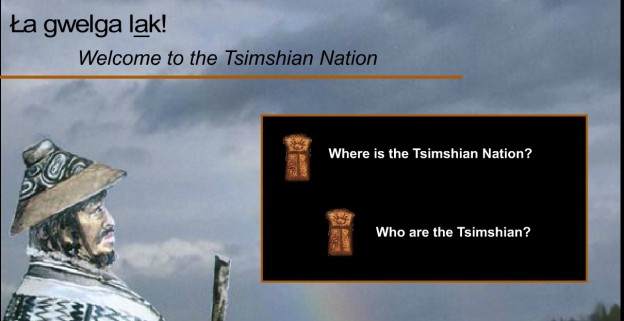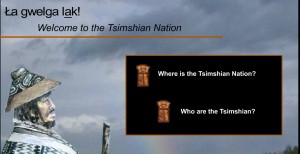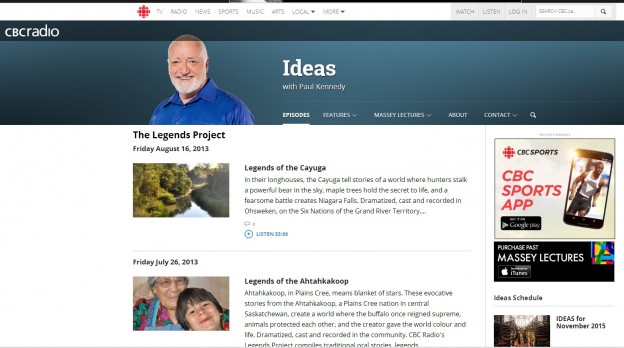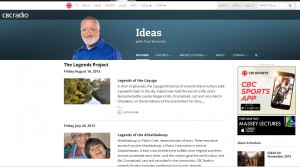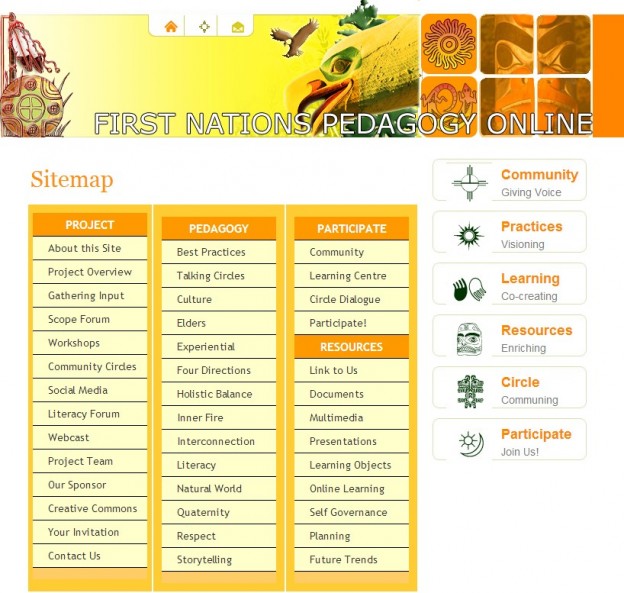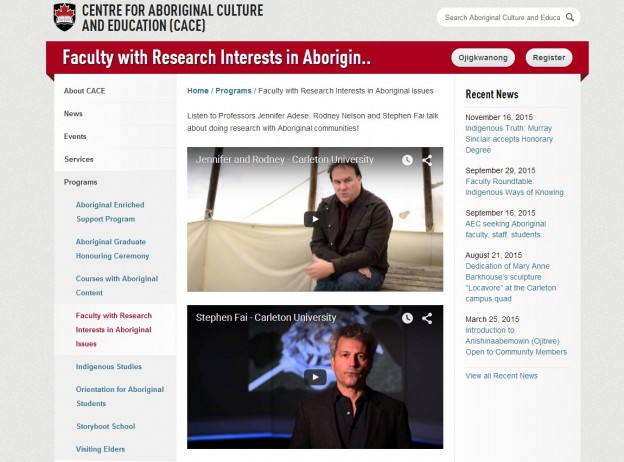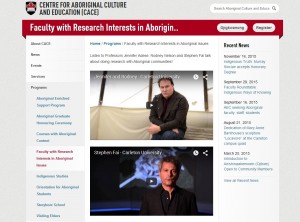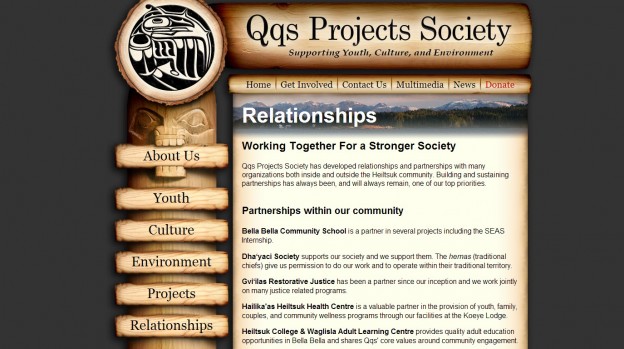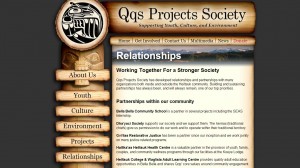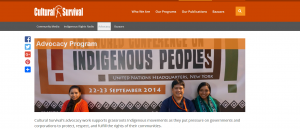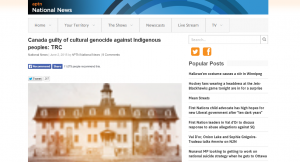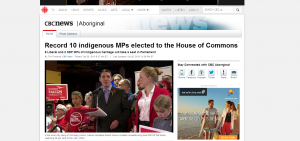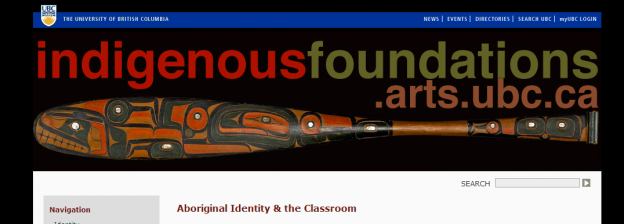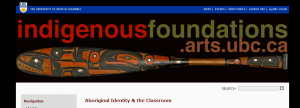Welcome to the Tsimshian Nation, is an interactive site to introduce users about pre-contact life for the people on the northwest coast of British Columbia. The Tsimshian people make up the largest group of First Nations people in British Columbia, with approximately 10,000 people.
This site, developed by school district 52, introduces the user to the Tsimshian people, oral traditions, traditional village life, and the archeology of the people. Audio clips allow the user to listen to elders as they teach about their people.
This is a good example of a simple resource that could easily be made as the first step towards technological preservation and sharing of cultural heritage.
